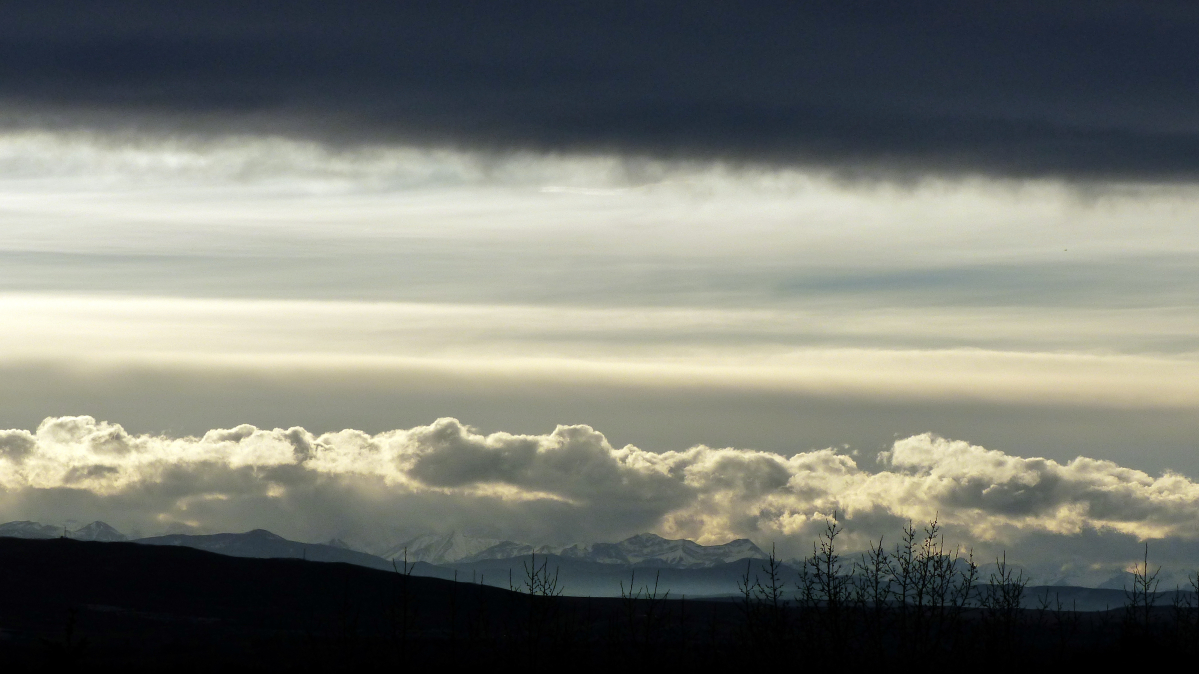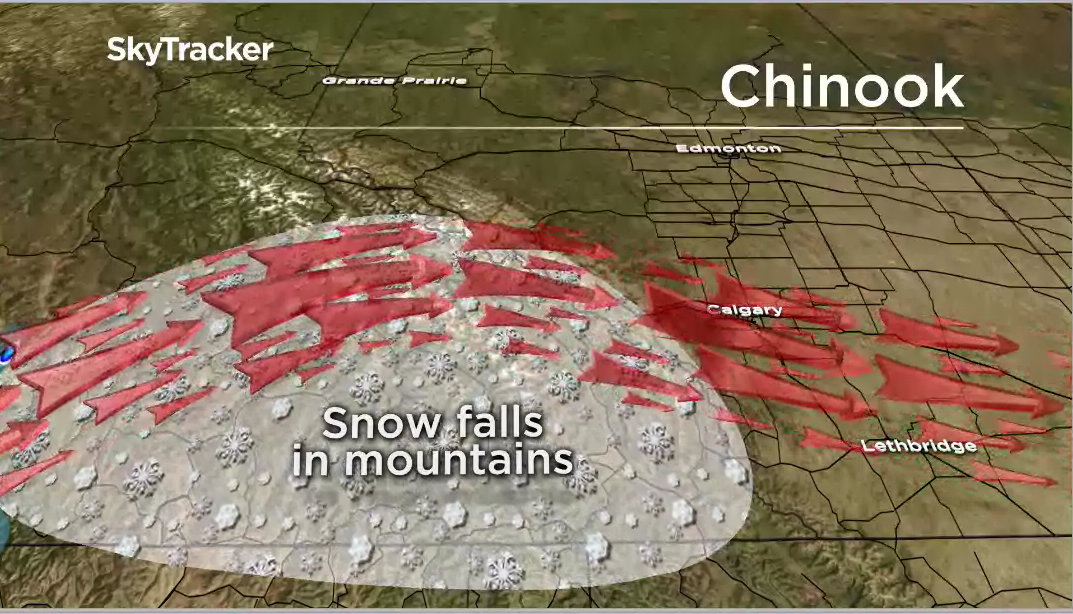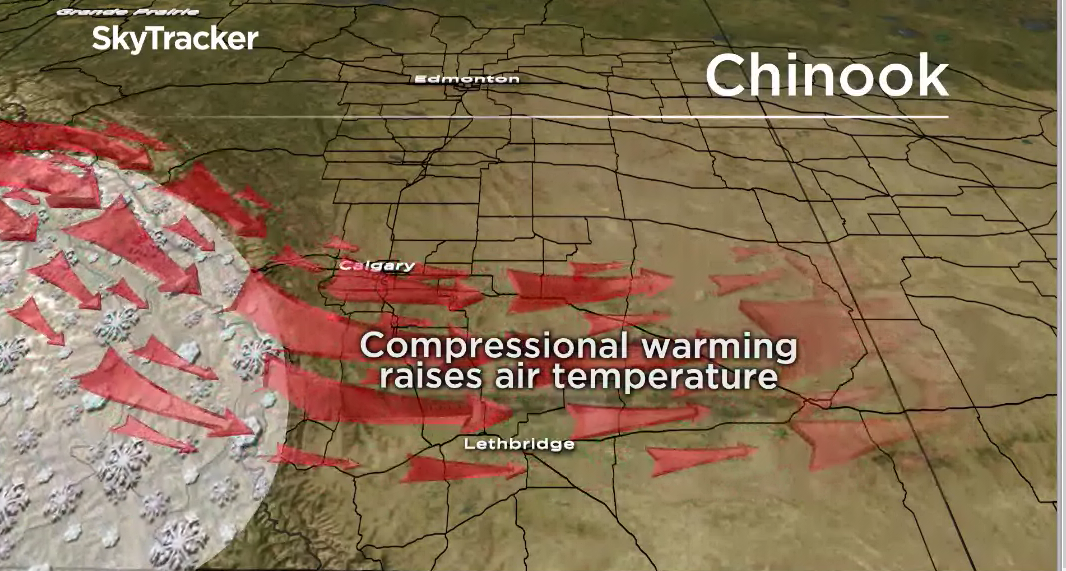If predictions from the National Oceanic and Atmospheric Administration (NOAA) come true, this winter should be much warmer than last year’s — not only in Alberta but throughout Canada.

El Niño is the warm phase of the El Niño/Southern Oscillation (ENSO) — an oceanic and atmospheric circulation in the eastern equatorial Pacific Ocean that is part of a larger global pattern used in worldwide seasonal forecasting. Learn more about ENSO and its effects here.
The current neutral phase of the ENSO is expected to develop into an El Niño phase during fall and winter, which will result in a warmer and drier than normal winter throughout most of the country.
Last year’s brutal winter conditions most likely had a lot to do with a La Niña phase, which typically produces colder than average winters with more snow on the plains.
Conversely, during an El Niño phase, winters tend to be warmer with less precipitation. The exception is the windward side of the mountains where more precipitation falls as a result of an increased number of Chinooks.
So with the majority of forecast models favouring an El Niño event beginning in the fall and lasting into spring 2019, we likely won’t need our heavy duty winter clothing as often in locations east of the mountains. And more than average snowfall in the mountains is expected to be a boon to winter sports.
Want your weather on the go? Download Global News’ Skytracker weather app for IOS and Android.




Comments